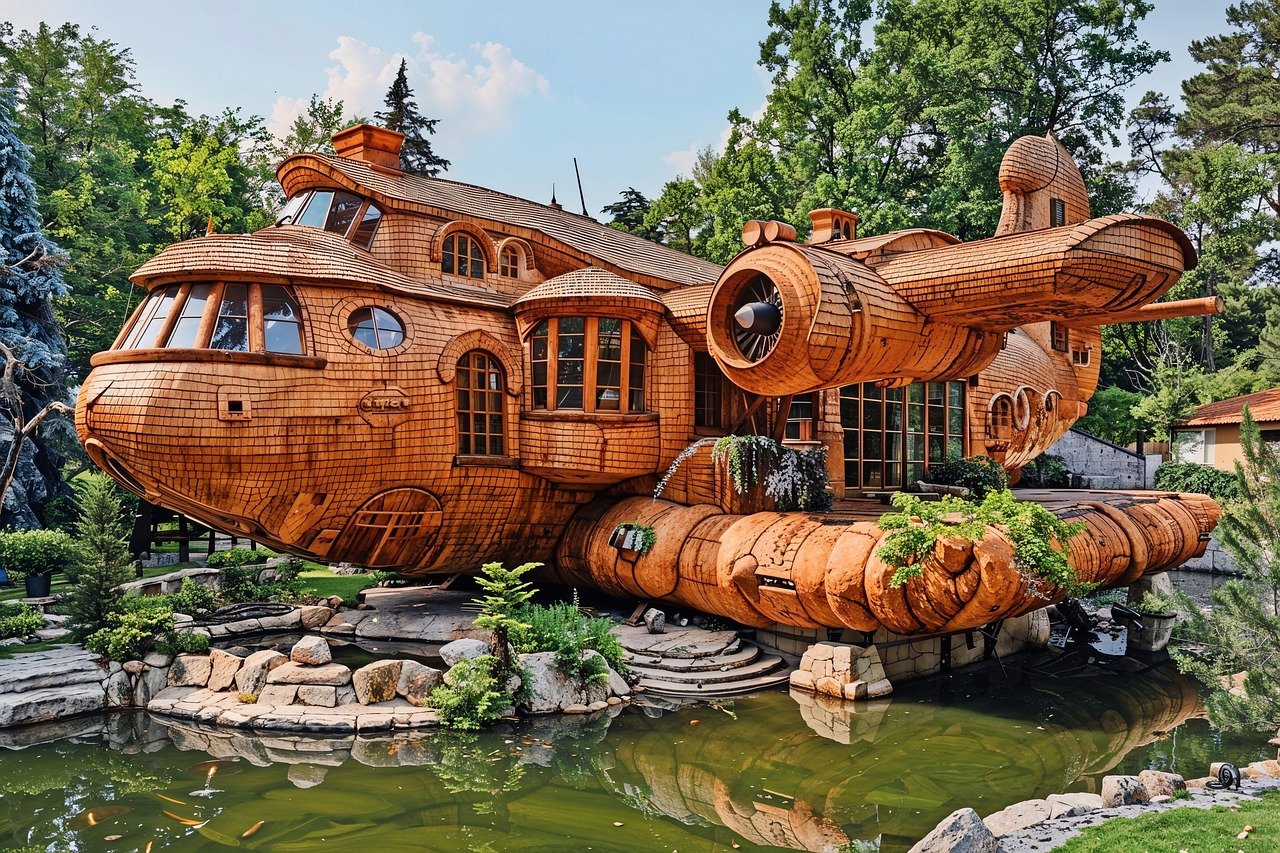Table of Contents
![]()
Festivals are vibrant celebrations that showcase the richness of culture, history, and community spirit. They serve as platforms for tradition, art, and social connection, each offering a unique glimpse into the values and beliefs of different societies around the globe. This article explores some of the world’s most unique festivals, highlighting their significance, distinctive customs, and the role they play in their respective cultures.
Criteria for Uniqueness
When discussing what makes a festival unique, several criteria come into play:
- Cultural Significance: Many festivals have deep-rooted connections to cultural or religious practices, serving as a means to express identity and heritage.
- Historical Origins: The history behind a festival often adds layers of meaning, connecting past generations with the present.
- Unique Customs and Traditions: Specific activities or rituals can set a festival apart, creating memorable experiences for participants and spectators alike.
- Geographic Location and Setting: The location can influence the festival’s atmosphere, making it distinctive based on its natural surroundings or urban landscape.
Featured Unique Festivals
La Tomatina (Spain)
Overview and History La Tomatina, held in Buñol, Spain, is one of the most famous food fights in the world. Originating in 1945, the festival began as a local tradition and has since attracted thousands of participants eager to engage in a massive tomato-throwing event.
Description of the Tomato-Throwing Event Every year on the last Wednesday of August, participants throw overripe tomatoes at each other for about an hour, resulting in a colorful, messy spectacle. The town becomes a canvas of red, and cleanup efforts involve local residents working together to restore their streets.
Impact on Local Community and Tourism La Tomatina has become a significant tourist attraction, boosting the local economy and fostering community pride. It serves as a reminder of the joy and laughter that can stem from simple, playful traditions.
Holi (India)
Historical and Religious Significance Holi, known as the Festival of Colors, is celebrated predominantly in India and signifies the arrival of spring. It has roots in Hindu mythology, celebrating the victory of good over evil, particularly in the story of Prahlad and Holika.
Description of the Color Festival and Rituals During Holi, people throw colored powders and water at each other, dance, sing, and enjoy festive foods. The atmosphere is filled with joy, laughter, and a sense of unity as barriers between caste and community dissolve.
Global Influence and Celebration While Holi is deeply entrenched in Indian culture, its celebration has spread worldwide, promoting themes of love, friendship, and inclusivity.
Burning Man (USA)
Origins and Evolution Burning Man, held annually in the Black Rock Desert of Nevada, started as a small gathering in 1986 and has evolved into a large-scale festival celebrating art, self-expression, and community.
Principles of Participation and Self-Expression Participants, known as “Burners,” adhere to principles such as radical self-reliance and gifting. The festival encourages creativity, with elaborate art installations, performances, and themed camps.
Artistic Installations and Community Aspects One of the highlights is the burning of a large wooden effigy, symbolizing the temporary nature of art and community. The event fosters a unique, egalitarian environment, promoting personal expression and connection.
Harbin Ice and Snow Festival (China)
History and Development The Harbin Ice and Snow Festival, held in Harbin, China, is the largest of its kind globally. Established in 1963, it was revived in the 1980s and showcases impressive ice sculptures and winter activities.
Description of Ice Sculptures and Attractions Visitors can explore intricate sculptures, ice lanterns, and ice buildings, all illuminated by colorful lights. The festival also features ice swimming, skiing, and traditional Chinese performances.
Environmental Considerations and Impact While the festival draws millions of tourists, it raises concerns about environmental sustainability, prompting organizers to implement eco-friendly practices.
Running of the Bulls (Spain)
Historical Context and Significance The Running of the Bulls, part of the San Fermín festival in Pamplona, has roots dating back to the 14th century. It celebrates Saint Fermín, the patron saint of Navarre.
Description of the Event and Safety Measures Each morning from July 6 to 14, participants run alongside bulls through the city streets. While thrilling, safety measures are crucial, and injuries do occur, leading to ongoing debates about the event’s ethics.
Controversies and Cultural Debates The event highlights the tension between tradition and animal rights, sparking discussions about its future in a changing societal landscape.
Oktoberfest (Germany)
Historical Origins and Traditions Oktoberfest, held annually in Munich, is the world’s largest beer festival, originating in 1810 as a royal wedding celebration. Today, it attracts millions who indulge in Bavarian culture, food, and, of course, beer.
Cultural and Economic Impact on Munich The festival has significant economic implications for Munich, boosting local businesses and tourism. It showcases traditional music, dances, and culinary delights, fostering a sense of community.
Global Adaptations of the Festival Oktoberfest has inspired similar events worldwide, each reflecting local culture while maintaining the core spirit of celebration.
Dia de los Muertos (Mexico)
Cultural Significance and History Dia de los Muertos, or the Day of the Dead, is a Mexican tradition honoring deceased loved ones. Blending indigenous customs with Catholic influences, it serves as a celebration of life and remembrance.
Description of Traditions and Rituals Families create altars (ofrendas) adorned with photos, favorite foods, and flowers to welcome spirits back. Celebrations include parades, music, and vibrant decorations, creating a festive atmosphere.
Global Recognition and UNESCO Designation Recognized by UNESCO as an Intangible Cultural Heritage of Humanity, Dia de los Muertos has gained international appreciation, promoting understanding of Mexican culture.
Songkran (Thailand)
Overview of the Water Festival Songkran, celebrated in mid-April, marks the traditional Thai New Year. It’s famous for its water fights, symbolizing the cleansing of sins and the welcoming of the new year.
Historical and Cultural Roots The festival has Buddhist roots, involving rituals of pouring water over Buddha statues and the elderly as a sign of respect and purification.
Modern Adaptations and Tourism Impact While traditional elements remain, modern Songkran has evolved into lively street parties with water guns and festivities, attracting tourists and showcasing Thai hospitality.
Up Helly Aa (Scotland)
Origins and Significance of the Viking Fire Festival Up Helly Aa, celebrated in Shetland, is a Viking fire festival held every January. Its origins trace back to the 19th century, commemorating the Norse heritage of the Shetland Islands.
Description of Events and Community Involvement Participants dress in Viking attire and parade through the streets, culminating in the burning of a Viking longship. The event fosters community spirit and pride in local history.
Cultural Heritage and Preservation Up Helly Aa is vital for preserving Shetland’s Viking heritage, engaging residents and visitors in a celebration of history and culture.
The Role of Festivals in Community Building
Festivals play a crucial role in strengthening social bonds within communities. They provide a space for individuals to come together, celebrate shared identities, and foster friendships. Moreover, festivals can have significant economic benefits, drawing tourists and promoting local businesses. They also serve as platforms for preserving cultural heritage, ensuring that traditions are passed down through generations.
Challenges Facing Unique Festivals
Despite their importance, unique festivals face several challenges:
- Commercialization and Authenticity: As festivals grow in popularity, maintaining authenticity while catering to tourists can be difficult.
- Environmental Impacts: Large gatherings can strain local resources and environments, prompting calls for sustainable practices.
- Safety Concerns and Regulations: Ensuring participant safety while preserving the festival’s spirit is an ongoing challenge for organizers.
Conclusion
Unique festivals offer a window into the diverse cultures and traditions of our world. They celebrate shared values, foster community spirit, and promote global understanding. As we embrace the richness of these celebrations, it’s essential to acknowledge the challenges they face and work toward sustainable practices that preserve their authenticity. Experiencing these festivals firsthand not only enriches our lives but also connects us to the global tapestry of humanity.
Share This





Be the first to comment